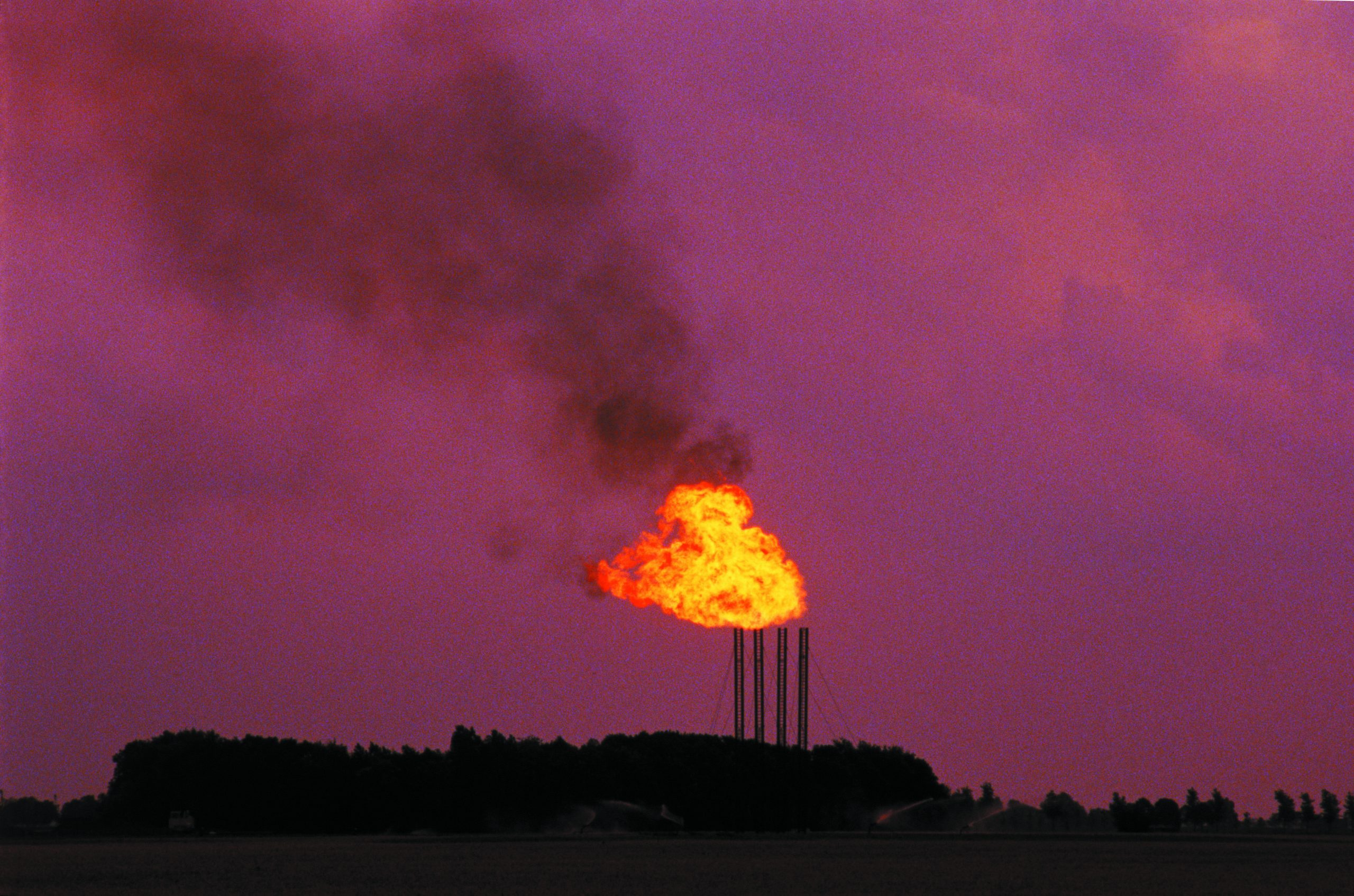As a fuel, hydrogen is highly flammable and so hydrogen leaks generate a serious risk of fire. However, hydrogen fires are markedly different to fires involving other fuels. When heavier fuels and hydrocarbons, like petrol or diesel, leak they pool close to the ground. In contrast, hydrogen is one of the lightest elements on earth, so when a leak occurs hydrogen rapidly disperses upwards. This makes ignition less likely, but a further difference is that hydrogen ignites and burns more easily than petrol or diesel. In fact, even a spark of static electricity from a person’s finger is enough to set off an explosion when hydrogen is available. Hydrogen flame is also invisible, so it is hard to pin-point where is the actual ‘fire’ is, but it generates a low radiant heat due to the absence of carbon and tends to burn out quickly.
Hydrogen is odourless, colourless and tasteless, so leaks are hard to detect using human senses alone. Hydrogen is non-toxic, but in indoor environments like battery storage rooms, hydrogen may build up and cause asphyxiation by displacing oxygen. This danger can be offset to some extent by adding odorants to hydrogen fuel, giving it an artificial smell and alerting users in case of a leak. But as hydrogen disperses quickly, the odorant is unlikely to travel with it. Hydrogen leaking indoors quickly collects, initially at ceiling level and eventually fills up the room. Therefore, the placement of gas detectors is key in early detection of a hydrogen leak.
Hydrogen is usually stored and transported in liquified hydrogen tanks. The last concern is that because it is compressed, liquid hydrogen is extremely cold. If hydrogen should escape from its tank and come in contact with skin it can cause severe frostbite, or even the loss of extremities.

Which sensor technology is best for detecting hydrogen?
Crowcon has a wide range of products for the detection of hydrogen. The traditional sensor technologies for flammable gas detection are pellistors and infrared (IR). Pellistor gas sensors (also called catalytic bead gas sensors) have been the primary technology for detecting flammable gases since the 1960s and you can read our blog to find out on how pellistor sensors work. However, their key disadvantage is that in low oxygen environments, pellistor sensors will not function properly and may even fail. In some installations, pellistors are at risk of being poisoned or inhibited, which leaves workers unprotected. Also, pellistor sensors are not fail-safe, and a sensor failure will not be detected unless test gas is applied.
Infrared-type sensors are a reliable way to detect flammable hydrocarbons in low oxygen environments. They are not susceptible to being poisoned, so IR can significantly enhance safety in these conditions. Read more about IR sensors in our blog, and the differences between pellistors and IR sensors in the following blog.
Just as pellistors are susceptible to poisoning, IR sensors are susceptible to severe mechanical and thermal shock and are also strongly affected by gross pressure changes. Additionally, IR sensors cannot be used to detect hydrogen. So the best option for hydrogen flammable gas detection is molecular property spectrometer (MPS™) sensor technology. This does not require calibration throughout the life cycle of the sensor, and since MPS detects flammable gases without the risk of poisoning or false alarms, it can significantly save on total cost of ownership and reduce interaction with units, resulting in peace of mind and less risk for operators. Molecular property spectrometer gas detection was developed at the University of Nevada and is currently the only gas detection technology able to detect multiple flammable gases, including hydrogen, simultaneously, very accurately and with a single sensor.
Read our white paper to find out more.

